Leading People | Leading Service | Leading Technology
Leading the way in Court Reporting, Videography and Trial Support in Las Vegas, Nevada
A Timeline of the Court Reporter’s Favorite Tool
Information and graphics presented by stenograph.com
The Stenograph Shorthand Machine (1877)
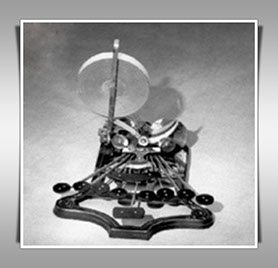
Invented in 1877 by Miles Bartholomew, the “Father of the Stenograph.” Ten keys could be depressed at once to create a series of dots and dashes (like Morse code).
Anderson Shorthand Typewriter (1889)
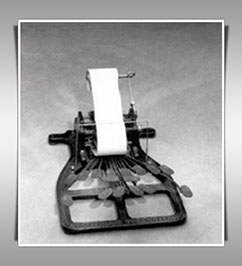
Developed by George Kerr Anderson. The first keyboard to allow two or more of its keys to be pressed at the same time. This typewriter used English characters instead of code, allowing words and symbols to be written.
Ireland Stenotype Shorthand Machine (1911)
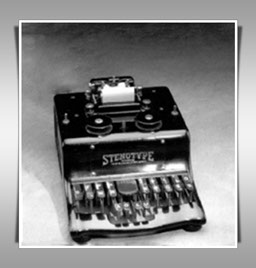
Created by Universal Stenotype. This machine is 40 pounds lighter than its predecessor. First stenograph with a totally depressible keyboard. Gave reporters the ability to write numbers and words phonetically with fewer strokes.
Master Model Stenotype (1914)
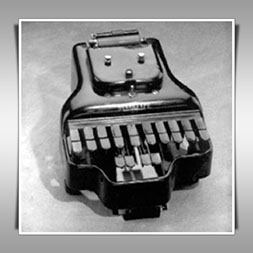
Invented by the Universal Stenotype Company, weighed six pounds instead of eleven.
1927 LaSalle Stenotype
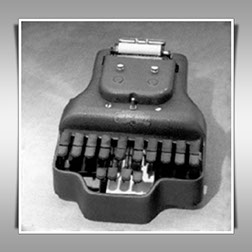
The “Master Model Four” used a two-spool ribbon system. Great Depression cut its life short, and the court reporting profession also slowed down until the end of the 1930’s.
Stenograph Shorthand Machine
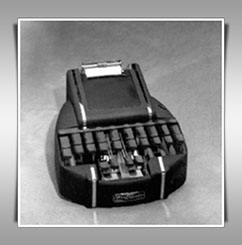
The Secretarial Model used a single 11-inch ribbon, had 100 folds of paper. The Reporter model held 300. Known for being dependable and quiet.
Stenograph Data Writer (1963)
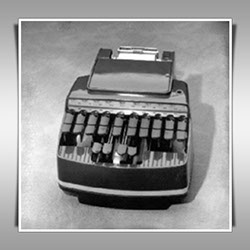
A magnetic tape with machine notes for computer transcription. Organ-type switches assured good contact and transmission with minimum key pressure. Could be attached to a cable connected to a separate tape recorder in 1963. Cartridge was used by 1970, and by 1974 cassettes were used.
1982 Stenograph Machine
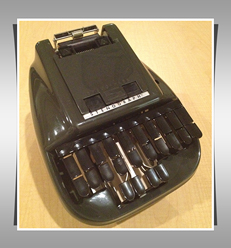
This iteration was the first to have a plastic shell, or casing, which made the machine more durable.
1987 SmartWriter
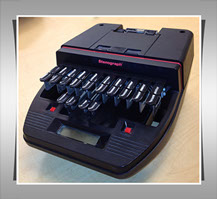
SmartWriter had the ability to encode machine notes on a floppy disk. State-of-the-art technology for its time.
1992 Stenograph Stentura Series
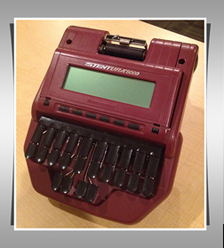
First machine that featured instantaneous, realtime translation onto an LCD screen. It could be shown either in English or Steno.
2001 élan Cybra
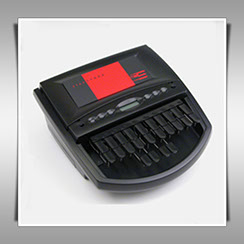
Important for transcriptionists, captioners, and CART reporters. Paperless, inkless, ribbon-less, and greaseless. New version was introduced in 2006 that included a wireless feature specifically designed for realtime transfer.
2003 élan Mira Series
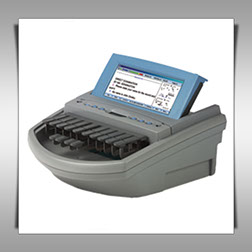
Included ability to flip the LCD screen upward for easier viewing. Featured Audiosync® OTG – on the go!, a USB port for writing realtime, and a DB9 serial port for use with wireless Bluetooth. Became new standard machine for court reporting.
2005 Stentura Protégé Student
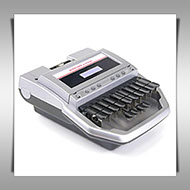
Designed specifically for students. Features a USB and serial connectivity, as well as optional wireless realtime.
2005 Stentura élan Mira Student
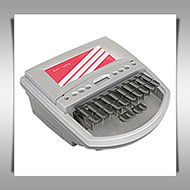
Also designed students with students in mind, known as the “paperless writer for students.” Features the same technology as the professional version, but in a limited fashion at a student price.
2006 Stentura Fusion
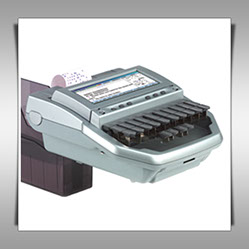
Key feature of this machine is its ability to use paper, or to be paperless. Other improvements include compatibility with SD cards, recording live testimony using AudioSync OTG, USB and DB9 ports, and battery status display.
2009 The Diamante
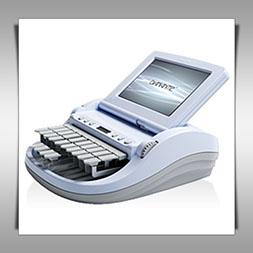
The Diamante’s TrueStroke® technology was leaps above any other steno-machines for speed and accuracy. Features a flat-panel display, two SD cards, two USB ports, microphone and headset jacks for AudioSync, and optional Bluetooth or WiFi realtime translation.
2015 The Luminex
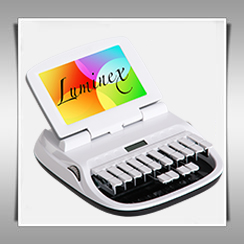
Features innovative technology and software. Duel key channels keep keys in alignment. Chrome plated key levers reduce friction and provide smoother action. TrueStroke technology results in cleaner steno notes.
Depositions| Discovery | Decisions

Services
Certified Court Reporting
Video Depositions
Streaming Depositions
Video-Conferencing
Conference Rooms
We utilize our offices and affordable, high-tech conference rooms around the world. Our conference rooms offer state-of-the art amenities and concierge services.
Document Management & Exhibits
Envision will maintain Master-Exhibit Binders for maximum exhibit consistency from “file-to-trial” including preparation of digital and paper trial binders.
Discovery Services
From exhibit retrieval for archival and E-Discovery for Review on leading cloud platforms to online repositories, Discovery is part of our vision.
Trial Presentation
In-Courtroom tech-support and trial exhibit preparation and presentation. Support for iPro Trial Director 360® and Lexis-Nexis Sanction® software.
Our Las Vegas, Nevada Offices

700 South 3rd Street
RMCM Building – 1st floor
Las Vegas, NV 89101

